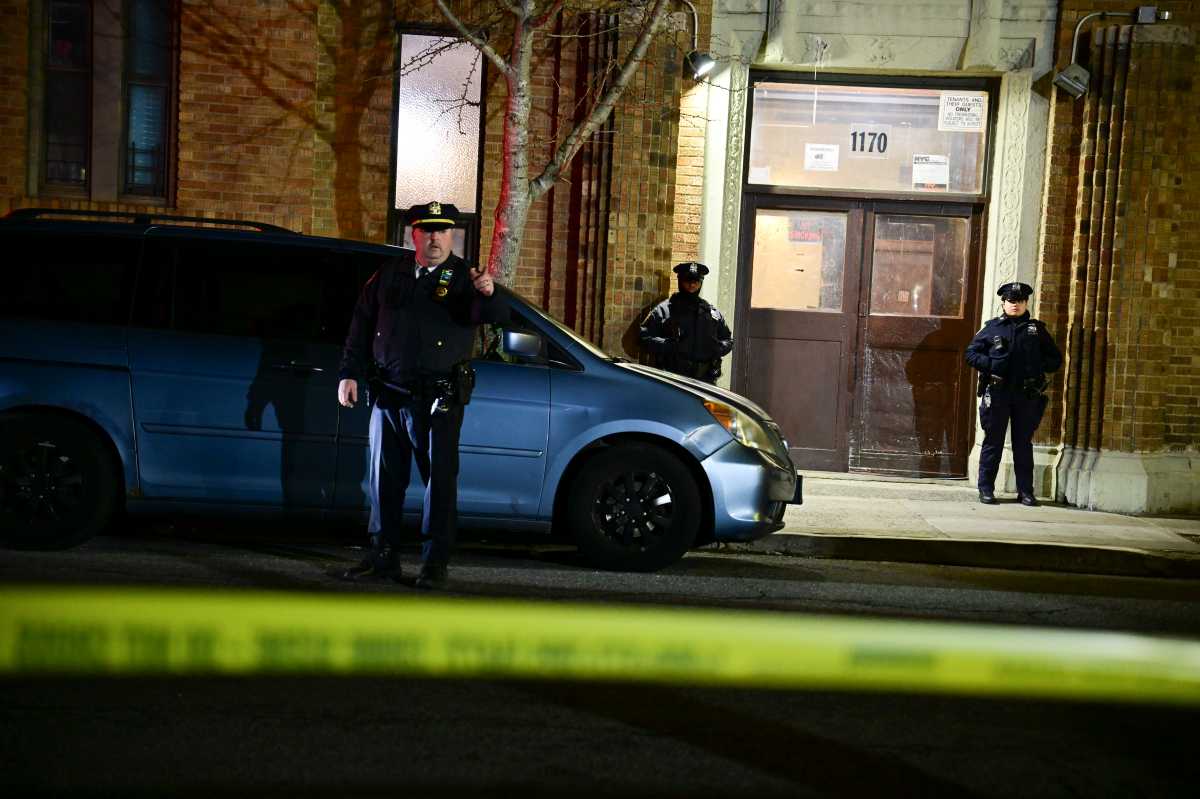The Gateway National Recreation Area stinks - and it is not just because of the raw sewage in the water, either.
A report card released by the National Parks Conservation Association (NPCA) last week found that despite some positive factors including the Jamaica Bay Wildlife Refuge and a remnant maritime forest at Fort Tilden, the park received the lowest natural resource rating, 53 out of 100, of the 27 other parks it has assessed since launching its State of the Parks program in 2000 to gauge the health of the nation’s parks.
“Gateway was created to bring the national park experience to our urban region, to serve as a recreational opportunity for our residents and a living classroom for our kids. However, it has failed to live up to its potential for more than 30 years,” said Alexander Brash, NPCA northeast regional director. “The park’s poor grades reflect both its historical past, as well as a lack of serious public investment since its creation.”
The poor conditions largely stem from historic land uses prior to Gateway’s establishment as a park in 1972 including the construction of the JFK airport, the dredging for a port never built and hundreds of other development projects around the shores of Jamaica Bay that have resulted in the loss of thousands of acres of marshland.
Additionally, the bay’s edges have been hardened with concrete, cut off from public access, and littered with everything from coffee cups to cars.
The report indicated that waters surrounding the park, from Sandy Hook to Rockaway, are inundated with treated and untreated sewage, floating trash, industrial waste and toxic sediments.
“It’s a treasure and it’s not living up to its full potential,” said Congressmember Gregory W. Meeks, whose district contains a portion of Gateway. After touring Gateway’s Charles Park in Howard Beach earlier this spring, which he described as in “horrendous condition,” Meeks requested $1 million from Congress to rehabilitate the park.
Meeks said that he planned to amend his original request to ask for additional funding in light of the findings. “I will use the report to show why this is of utmost urgency,” he said. “The Federal government needs to step up to increase funding” to the recreation area, he said.
Many of the buildings, structures, and extensive paved areas that remain from its historical uses are now abandoned. They have neither been restored for historical interpretation, nor removed and replaced with either a natural landscape or recreational facilities. As a result, the historical natural habitats that disappeared long ago have never been restored or creatively re-used for the benefit of the region’s residents and visitors.
“Letting thousands of acres with great potential for recreation to lie fallow is a sad waste,” said Brash. “Now is the time, as the Park Service prepares for its centennial in 2016 and as New Yorkers reach for a greener city by 2030, for our Congress, city, and state, to reinvest in Gateway and create an iconic national park that our region’s residents deserve and were promised.”
Gateway’s cultural resources score just a 46 out of a possible 100. With nearly 400 buildings and structures, many of which are seriously deteriorated and remain empty, park managers are hard pressed to preserve or restore them with very limited resources. “Gateway has the potential to be a great living museum that teaches visitors about the history of aviation and America’s coastal defenses stretching from the Revolutionary War to the Cold War,” said Brash.
In order to help define a vision for its future, in January, NPCA, along with its partners Van Alen Institute and Columbia University Graduate School of Architecture, Planning, and Preservation, launched an international public design competition to create a new vision for Gateway. The competition is underwritten by The Tiffany & Co. Foundation. In June, competition winners will be announced, and then presented to the National Park Service for potential inclusion in the next planning phase of Gateway’s General Management Plan, which is scheduled for 2009. The competition is being managed online at www.vanalen.org/gateway.
Results of a public opinion poll conducted by Zogby International show that the majority of New York area residents desire an iconic national park in the region, but nearly half of them are unaware of and have never visited Gateway - a mere 50-minutes from Times Square. Area residents who have visited Gateway rate park facilities below average.
The majority of City residents would prefer to travel there via mass transit, but most of Gateway is not currently connected to the New York subway system or PATH. Poll results are available online at www.npca.org/northeast/gateway.





























